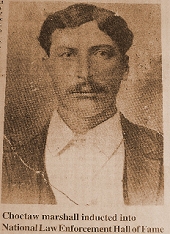

|
|
Early History of Whidbey Islandadapted from information in Wikipedia and HistoryLink Whidbey Island was once inhabited by members of the Lower Skagit, Swinomish, Suquamish, Snohomish and other Native American tribes. The first known European sighting of Whidbey Island was during the 1790 Spanish expedition of Manuel Quimper and Gonzalo López de Haro. Joseph Whidbey, master of HMS Discovery under the command of Captain Vancouver, discovered Deception Pass in 1792 and fully explored it. In so doing, he proved that Whidbey Island, thought by the early Spanish explorers to be part of the mainland, was in reality an island. Vancouver named this land Whidbey Island in honor of the officer who discovered it. Lieutenant Charles Wilkes, commander of the United States Exploring Expedition of 1838-1842, sailed the USS Vincennes into Penn Cove in 1841. Wilkes named the lower cove Holmes Harbor, after his assistant surgeon, Silas Holmes. In 1850, Colonel Isaac N. Ebey became the first permanent settler on Whidbey Island, claiming a square mile of prairie with a southern shoreline on Admiralty Inlet. Even though he was farming potatoes and wheat on his land, he was also the postmaster for Port Townsend, Washington, and rowed a boat daily across the inlet in order to work at the post office there. On August 11, 1857, Colonel Ebey was murdered and beheaded by North Coast Indians who travelled from the Queen Charlotte Islands. It's believed that Ebey, 39, was slain in retaliation for the killing of 27 tribal members, including a chief, by the U.S. warship Massachusetts the previous year. Fort Ebey was established in 1942 on the west side of the central part of the island, just northwest of Coupeville. The fort was named in honor of Colonel Ebey. The house that Ebey lived in with his family still stands, near the beachfront. Admiralty Head Lighthouse is located in this area, on the grounds of Fort Casey State Park. The area around Coupeville is the federally protected Ebey's Landing National Historical Reserve, named in honor of Isaac Ebey.
Whidbey Island Family Histories
|

